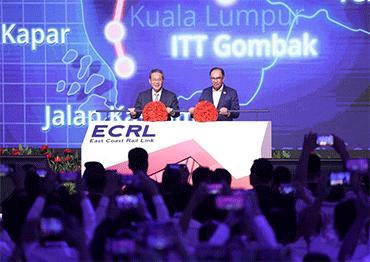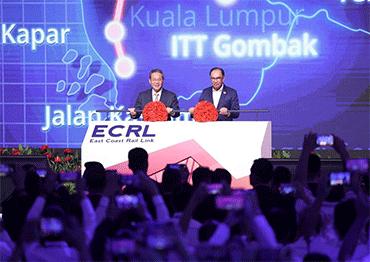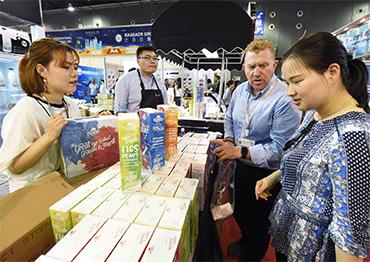Leaving Wellington, Li landed in Adelaide on June 15. Visiting Adelaide Zoo on June 16, Li announced that China will send a new pair of giant pandas in exchange for a pair that has resided in the zoo since 2009 and is due to return to China by the end of the year.
He then traveled to Canberra, where he co-hosted the 9th China-Australia Annual Leaders’ Meeting and met with Australian Prime Minister Anthony Albanese on June 17. The visit marks new efforts by the two sides to mend frayed ties following disputes sparked by the Covid-19 pandemic against the backdrop of growing security tensions between China and the US.
Since the center-left Australian government led by Anthony Albanese came into power in 2022, Canberra has adopted a less confrontational approach and sought to restore its relationship with China.
In November 2023, Albanese visited China, making him the first Australian prime minister to do so in seven years. During his meeting with Xi, Albanese pledged to “take forward” Australia’s relationship with China and to deal with differences “wisely and with great respect.”
In 2023, China gradually removed restrictions on imports from Australia. In May, it lifted all unofficial restrictions on Australian coal and timber imports, dropped punitive tariffs on barley imports in August and lifted a ban on meat exports from three Australian companies in December.
According to data released by China’s General Administration of Customs, bilateral trade between China and Australia reached the highest level of US$229.2 billion in 2023, up from US$169.6 billion in 2019, an increase of 35 percent.
In the run-up to Li’s visit to Australia, China lifted most of the remaining restrictions on Australian imports. In March, China’s Ministry of Commerce announced the cancelation of antidumping and anti-subsidy tariffs on Australian wine.
In late May, just two weeks before Li’s visit, China removed import bans from five major Australian beef exporters, removing almost all trade sanctions imposed on the sector.
During his meeting with Albanese, Li said that looking back at the development of China-Australia relations over the past decade, the most important experience and inspiration is to uphold mutual respect and mutually beneficial cooperation and seek common ground, while shelving differences.
Li stressed that “China is ready to work with Australia to build a more mature, stable and fruitful China-Australia comprehensive strategic partnership to benefit the two peoples better.” Li also announced that China will include Australia on the list of unilateral visa-free countries. The two sides agreed to provide each other with reciprocal access to multiple entry visas for tourism, business and visiting family members for three and five years.
According to Professor Zhou, a major highlight of Li’s four-day visit to Australia is that his itinerary included several cities across South Australia and Western Australia. “It helps bring the outcomes of the improved bilateral relationship at the diplomatic level to the local level, which will further promote economic cooperation and cultural exchanges,” Zhou said.
Although the trade relationship between the two countries appears to have been largely restored and repaired, many remain cautious about the stability of the bilateral relationship. “In handling relations with China, the Albanese government continues to face both external pressure from the US and internal constraints from the opposition and the disruption from anti-China elements within the government,” warned Ning Tuanhui, an assistant research fellow at the China Institute of International Studies. Ning told NewsChina that any new disputes between China-Australia relations could be magnified and manipulated in Australia politics.

 Old Version
Old Version


